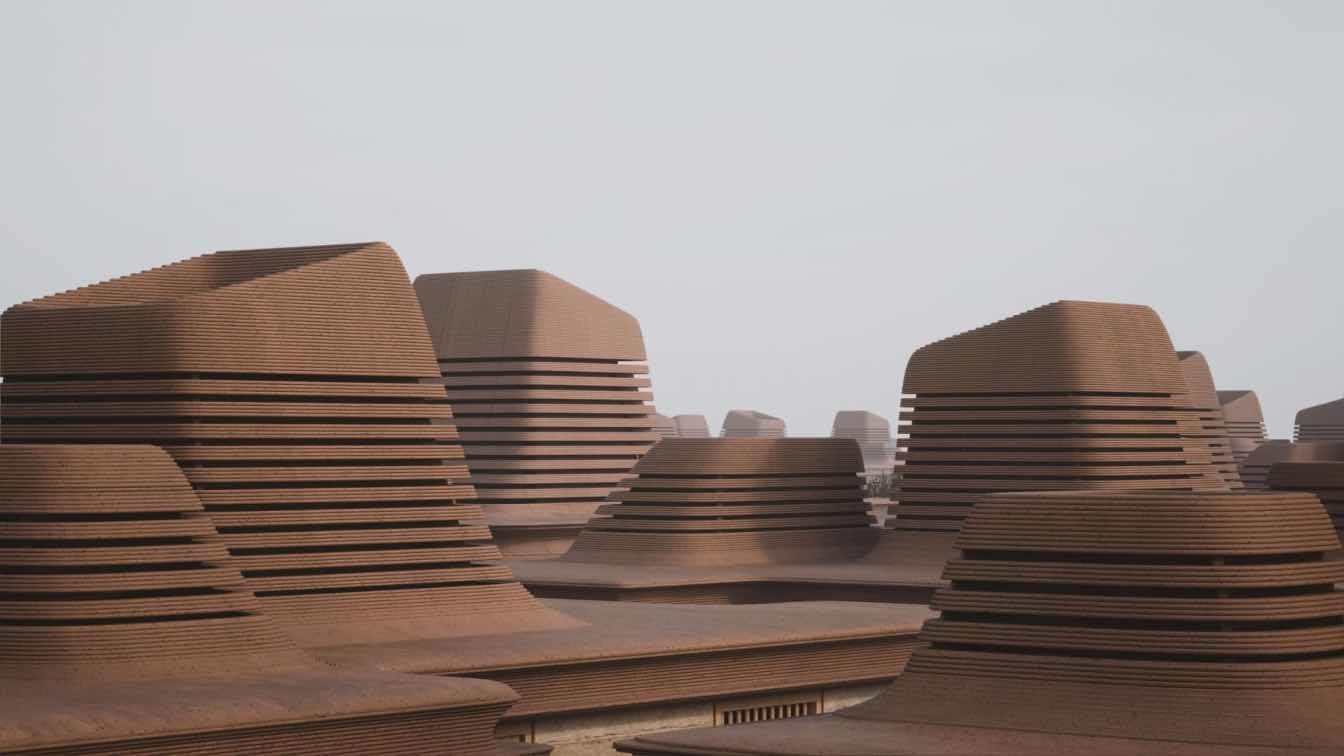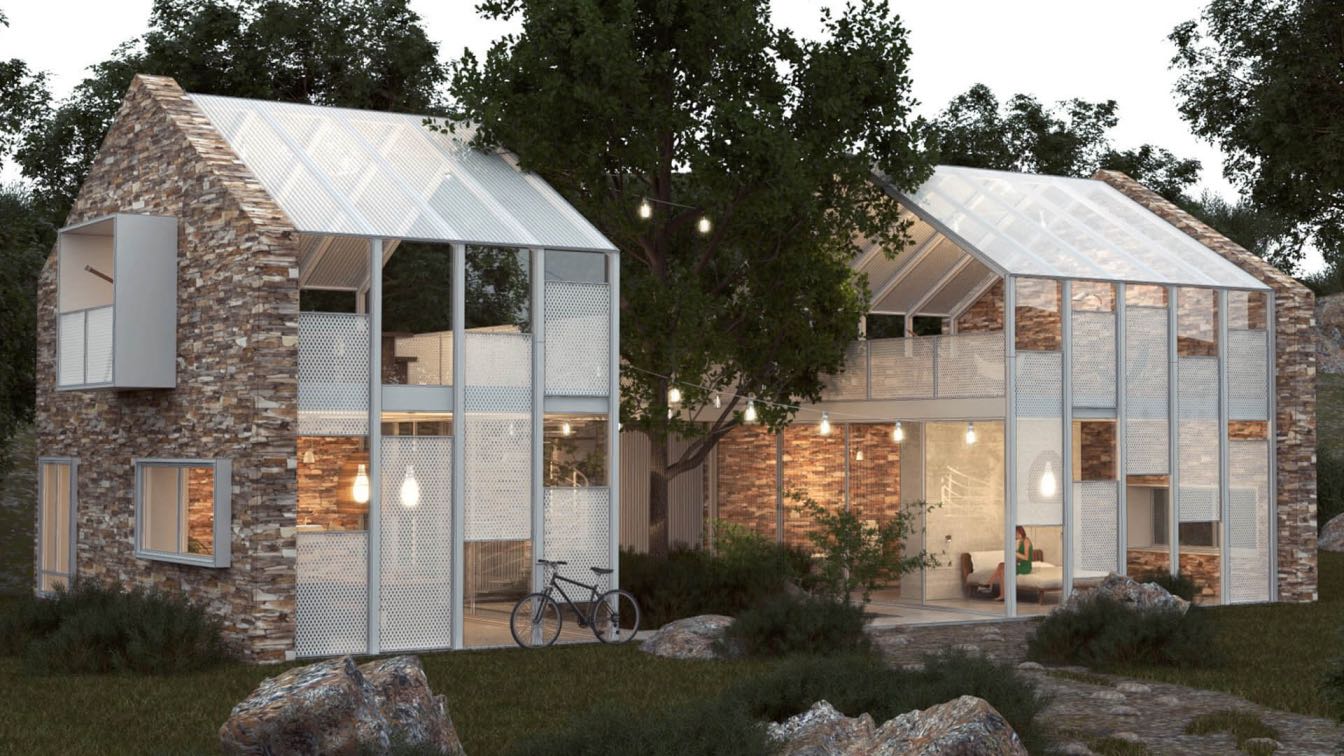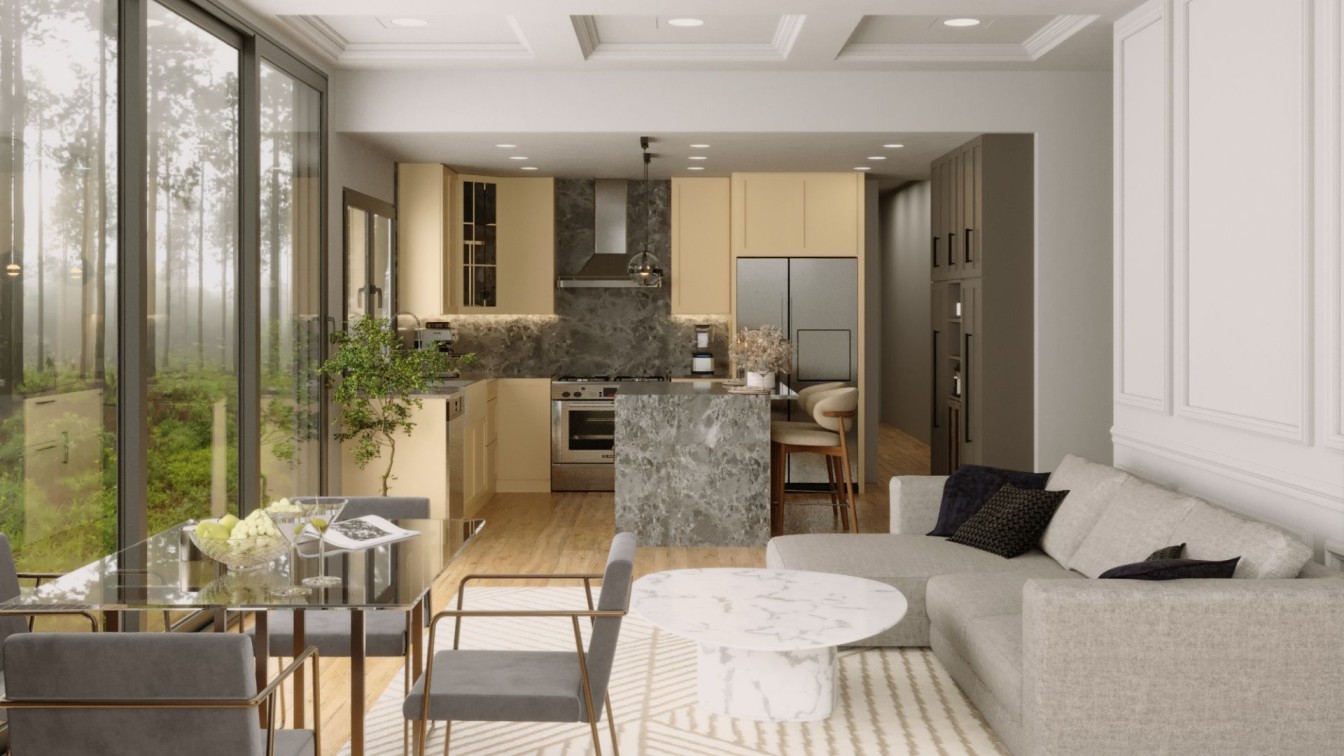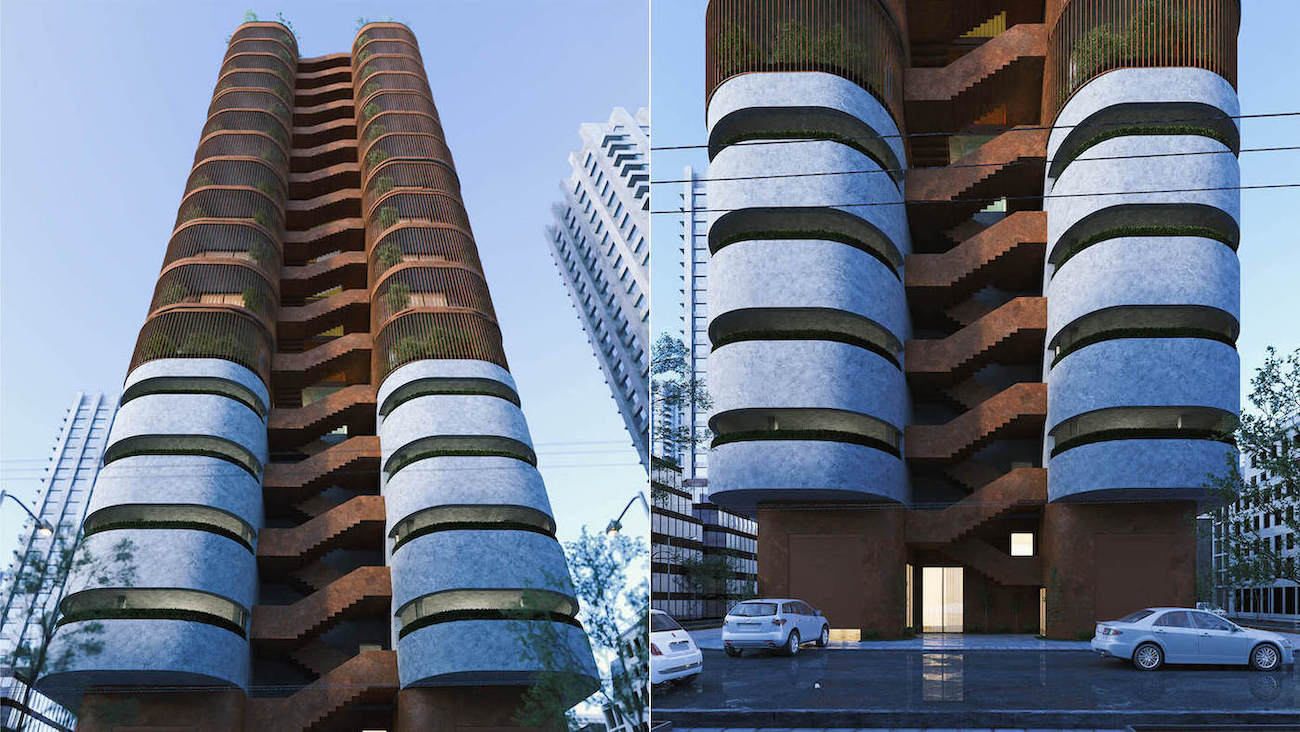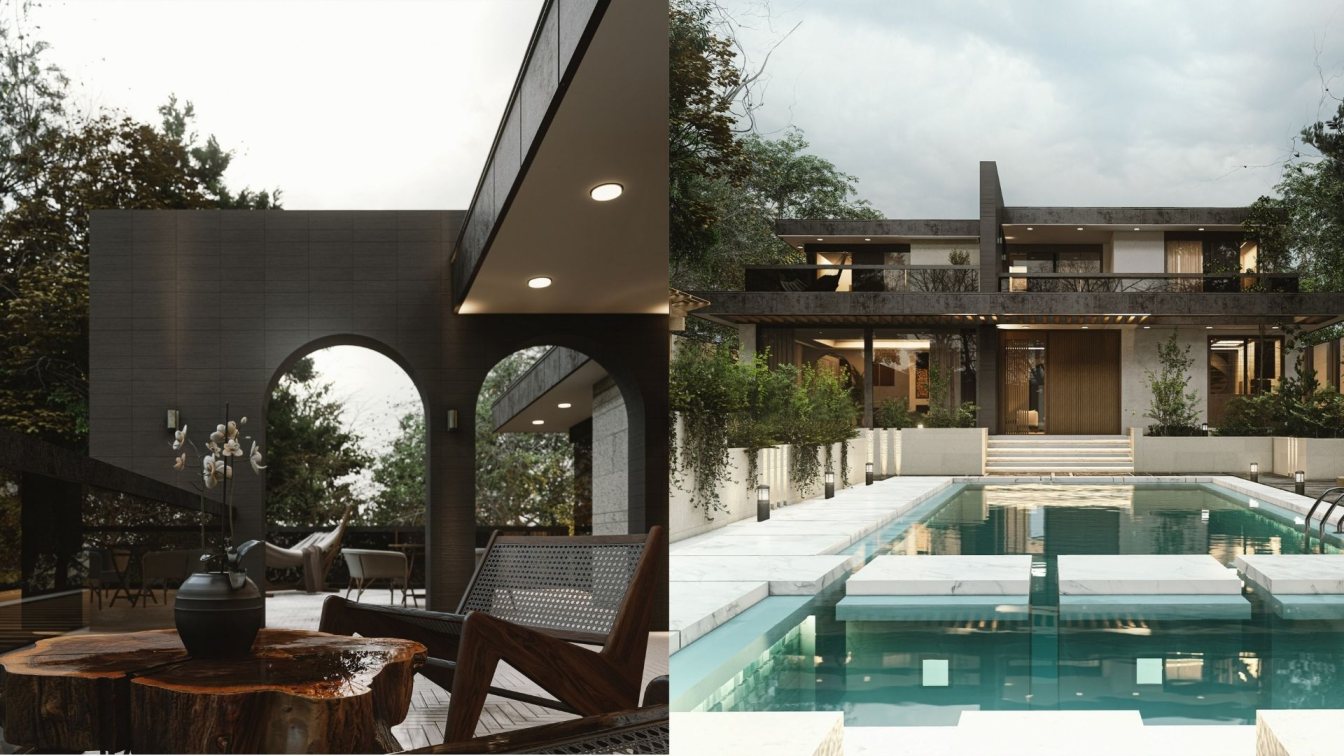Kalbod Design Studio: The Zephyr House project emerged as a response to the contemporary demands of life and architecture, aiming to blend modern needs with elements drawn from historical architecture seamlessly. The goal is to make a substantial impact in curbing carbon footprint and energy consumption in buildings.
Addressing this challenge involved the creation of four distinctive houses arranged in a modular pattern. By repeating these patterns, a town comprising sixteen houses was meticulously designed. The implementation process promises to be exceptionally swift and cost-effective, with efficient planning and construction methods.
In the pursuit of reducing carbon emissions, the town's design strongly emphasizes bolstering green spaces while prioritizing pedestrians and cyclists. Simultaneously, to cater to residents' civic and social requirements, central community spaces and main streets connecting the four blocks feature crucial amenities like electric car charging stations and local stores.
Zephyr House is designed to epitomize a cutting-edge neighborhood featuring four distinct modular houses seamlessly integrated into a coherent and sustainable framework. Each house, configured as a module, is crafted with state-of-the-art 3D printing and prefabricated panels, enabling an expeditious assembly period of a mere two weeks. This groundbreaking construction methodology underscores efficiency and a steadfast commitment to environmental responsibility.

The deployment of locally sourced materials, notably desert sand, adobe, and rammed earth, meticulously mitigates dependence on traditional cement, thereby substantively curbing environmental impact. Channeling inspiration from ancient windcatchers, these architectural elements have been reinterpreted with contemporary technology, yielding enhanced luminosity and facilitating a near-net-zero air circulation paradigm within the domiciles.
This prototype community embodies a pioneering stride toward the future of housing—a synthesis of technological prowess, ecological consciousness, and cultural affluence. The modular configuration engenders a streamlined construction process and cultivates a sense of unity and diversity within the residential enclave. We extend a cordial invitation to explore this emblematic fusion of tradition and ingenuity, wherein the houses of the future emerge from the arid landscape as a testament to sustainable living and progressive design.










